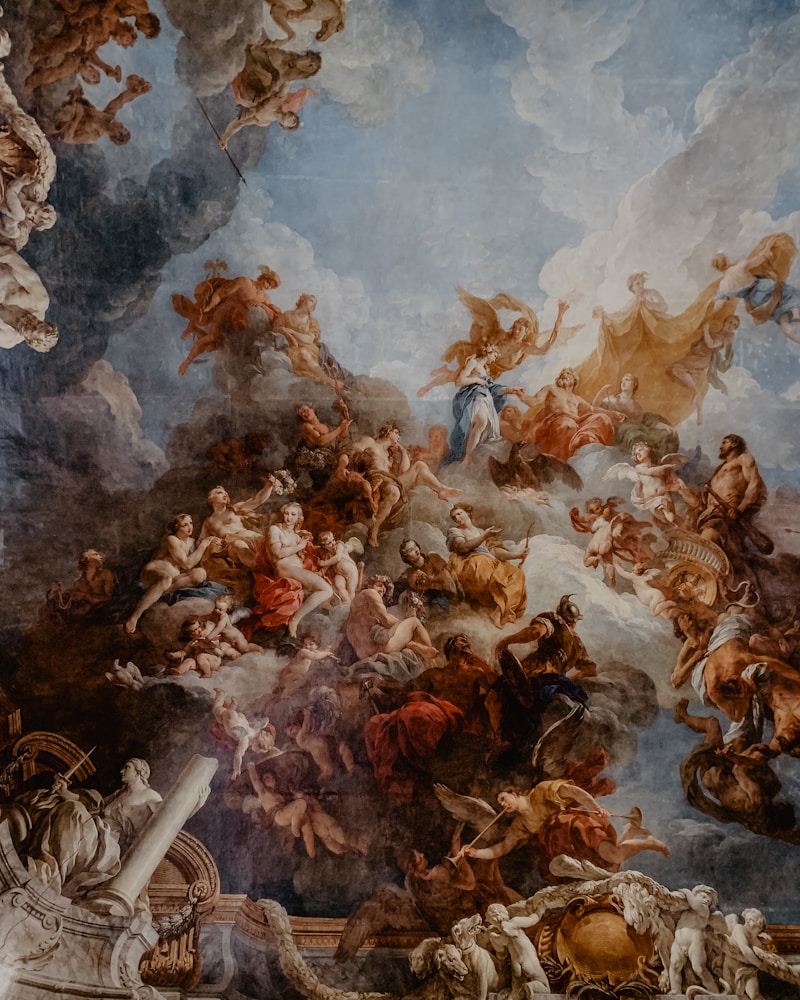Exploring the Fusion of Modern and Traditional Styles: A Harmonious Design Approach
Understanding the Fusion of Modern and Traditional Styles
In recent years, the design world has witnessed an invigorating trend: the fusion of modern and traditional styles. This unique blend captures the essence of past aesthetics while integrating contemporary functionality, creating spaces that resonate with both nostalgia and innovation. But what exactly does this fusion entail, and how can it inform your design decisions today?
The Essence of Style Fusion
The fusion of modern and traditional styles goes beyond mere aesthetics; it represents a marriage of values. Traditional styles are often characterized by their rich history, cultural significance, and handcrafted details, while modern styles emphasize minimalism, functionality, and clean lines. Combining these two can yield harmonious environments that reflect diverse identities and cultural backgrounds.
Key Elements of Modern and Traditional Styles
| Element | Modern Style | Traditional Style |
| Color Palette | Neutral tones with bold accents | Warm, deep colors |
| Materials | Glass, metal, and synthetic materials | Wood, stone, and textiles |
| Furniture | Sleek, functional designs | Ornate and detailed pieces |
| Decor | minimalistic with space for statement pieces | Rich in layers and patterns |
This table highlights the differences between the two styles, but the beauty of design lies in how these elements can interact. One key strategy for achieving a successful fusion is to select elements from each style that complement rather than clash with one another.
Incorporating the Fusion into Interior Design
To effectively integrate the fusion of modern and traditional styles into your interior design, consider the following tips:
1. Start with a Neutral Base
Begin with a neutral color palette that serves as a canvas for both styles. White or cream walls can act as a backdrop for traditional furnishings and modern art. This approach helps in creating a cohesive look while allowing the unique features of each style to stand out.
2. Mix Textures and Materials
Combine different materials to create visual interest. For example, a modern glass coffee table can be paired with a traditional velvet sofa, blending sleekness with warmth. Textures play a crucial role in achieving balance; layering rugs from different eras can also add depth to your space.
3. Include Statement Pieces
Find a striking vintage piece, such as an antique lamp or a classic armchair, and place it against a backdrop of more contemporary elements. This creates a focal point that draws attention while showcasing the rich history behind the piece.
4. Curate Art and Decor Thoughtfully

Artwork is a perfect medium for style fusion. Select modern sculptures or abstract paintings that evoke emotion, and hang them alongside traditional portraits or landscapes. This juxtaposition can create a dynamic narrative within your space.
5. Balance is Key
Ultimately, the goal of fusing modern and traditional styles is to create harmony. Choose a few key elements from each style and allow them to shine without overwhelming the senses. Evaluate how they enhance one another rather than distract.
Common Questions About Style Fusion
As homeowners and designers explore the fusion of modern and traditional styles, several questions often arise. Here are some of the most frequent inquiries:
What are the advantages of blending styles?
Blending styles allows for personalization and creativity, making spaces feel unique and comfortable. It enables the celebration of cultural heritage while embracing contemporary living.
How can I avoid a chaotic look when merging styles?
To avoid chaos, establish a clear vision of what elements you want to blend. Use a common color scheme or material that ties pieces together, ensuring unity throughout the space.
Can this fusion work in small spaces?
Absolutely! In small areas, focusing on multifunctional and space-saving pieces can balance both styles. Consider a modern sofa bed paired with traditional side tables to maximize functionality while retaining character.
Case Studies: Successful Implementations
Many renowned designers have successfully embraced the fusion of modern and traditional styles, bringing forth innovative concepts:
- Combining Asian Minimalism with Western Classicism: An example is the works of Tadao Ando, who often integrates traditional Japanese design principles with modern minimalist aesthetics.
- Industrial and Vintage: A popular example is the New York City lofts that feature polished concrete alongside reclaimed wooden beams and vintage furniture.
- Mid-century Modern Meets Traditional Farmhouse: Designers frequently blend mid-century chairs with farmhouse tables, proving that opposites can indeed attract.
Conclusion
The fusion of modern and traditional styles offers limitless possibilities for creativity and expression. By thoughtfully considering how elements interact, one can create spaces that are not only aesthetically pleasing but also rich in history and character. As you navigate this design journey, remember that balance, harmony, and personalization are paramount. The goal is to create environments that resonate emotionally, telling a story through careful curation of styles that reflect who you are.
Whether you are renovating your home or finding ways to breathe new life into outdated spaces, the fusion of modern and traditional styles presents a compelling option. Embrace this trend and enjoy the process of creating a space that truly represents you.